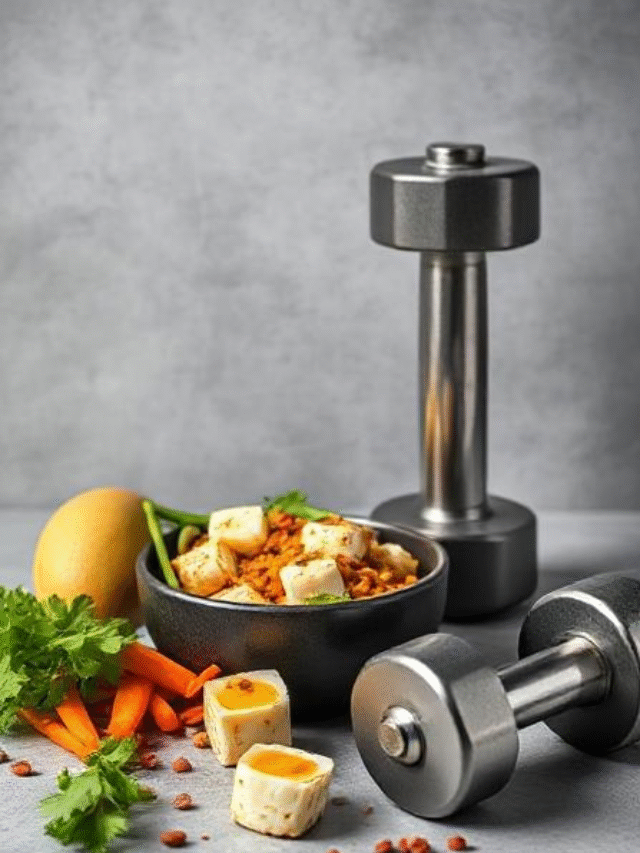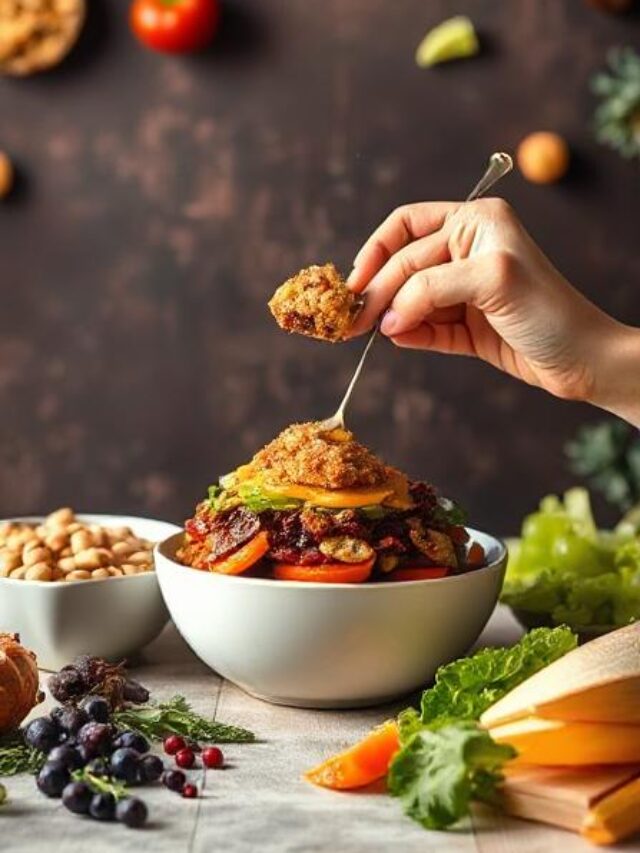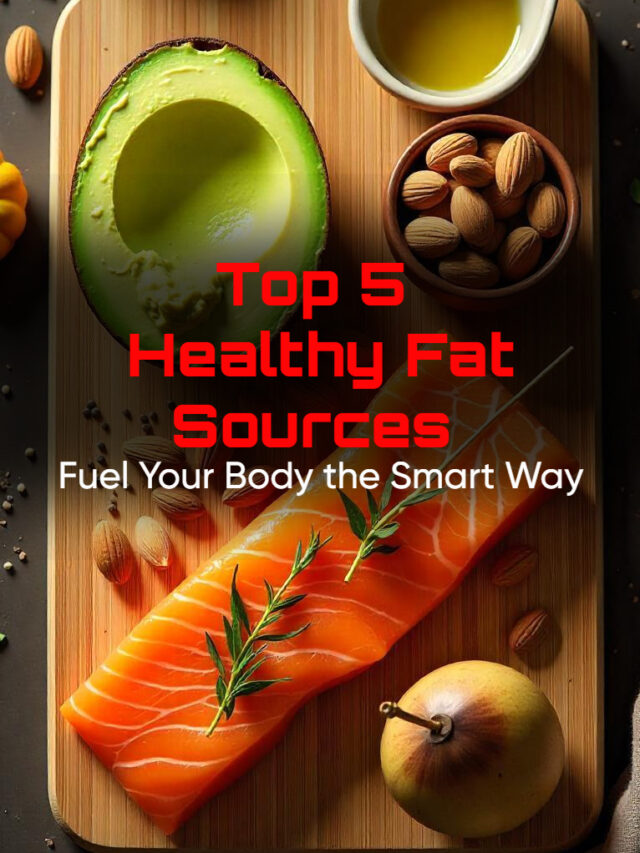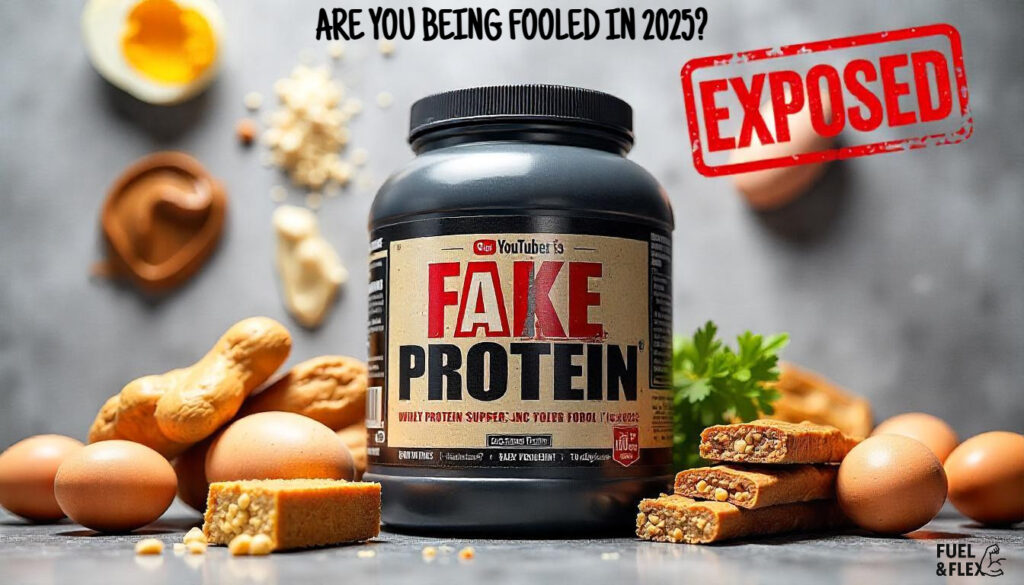Hey there! If you’re into fitness, healthy eating, or just trying to hit your protein goals, you’ve probably heard about Viral ‘Protein Spiking’ Foods: Are You Being Fooled in 2025? It’s a hot topic that’s been buzzing around, especially on social media, and it’s got people wondering if they’re really getting the protein they’re paying for. I mean, who wants to chug a protein shake or munch on a protein bar only to find out it’s not what it seems? Let’s dive into this whole protein spiking food list and myths 2025 thing in a super simple way, so you can understand what’s going on and make smarter choices.
In this blog, I’m going to break down what protein spiking is, share a protein spiking food list and myths 2025, and clear up some confusion about what’s true and what’s just hype. My goal is to keep it real, easy to read, and packed with info you can actually use. Plus, I’ll toss in some tips to help you spot the good stuff and avoid the sketchy products. Ready? Let’s get started!
What Is Protein Spiking, Anyway?
So, what’s the deal with Viral ‘Protein Spiking’ Foods: Are You Being Fooled in 2025? Protein spiking is when companies add cheap ingredients to their protein products—like protein powders, bars, or shakes—to make it seem like there’s more protein than there actually is. These ingredients, like amino acids (think glycine, taurine, or arginine), are cheaper than real protein sources like whey or casein. They boost the nitrogen content, which is what lab tests measure to figure out protein levels, but they don’t give you the same benefits as actual protein.
Imagine buying a tub of protein powder that says “30 grams of protein per scoop” but only half of that is real protein. The rest? Filler junk that doesn’t help your muscles grow or keep you full. That’s protein spiking, and it’s been a sneaky issue in the supplement world for years. In 2025, it’s still a problem, and it’s why Viral ‘Protein Spiking’ Foods: Are You Being Fooled in 2025? is such a big deal.
Why Do Companies Do This?
It’s all about money. Real protein, like whey, is expensive. Amino acids or other fillers? Way cheaper. By mixing in these low-cost ingredients, companies can save a ton while still claiming their product is packed with protein. It’s not illegal in many cases, but it’s definitely shady. The worst part? You might not even notice unless you dig into the label or do some research.
Protein Spiking Food List and Myths 2025: What’s on the Radar?
Let’s talk about the protein spiking food list and myths 2025. While I can’t point fingers at specific brands without proof (nobody wants a lawsuit!), there are some common culprits and red flags to watch for. Here’s a rundown of the types of products often linked to protein spiking and some myths that keep popping up.
Common Foods and Products Linked to Protein Spiking
- Protein Powders: This is the big one. Whey protein powders are especially vulnerable because they’re so popular. Some brands add cheap amino acids like glycine or taurine to bump up the nitrogen content. A 2015 article from Protein Factory pointed out that ingredients like leucine, valine, or creatine are sometimes used to spike powders, tricking tests into showing higher protein levels.
- Protein Bars: Those grab-and-go bars you love? Some might be spiked with fillers to make the protein count look higher. Check the ingredient list for things like “amino acid blend” or “hydrolyzed collagen,” which aren’t as effective as whole proteins.
- Protein Shakes (Pre-Made): Ready-to-drink shakes are convenient, but some brands cut corners by adding fillers. If the protein content seems too good to be true for a low price, it might be spiked.
- Plant-Based Protein Products: With the rise of vegan diets in 2025 (7% of Americans plan to go plant-based this year, according to a 2024 survey), plant-based proteins are booming. But some companies mix in cheap fillers to keep costs down while claiming high protein.
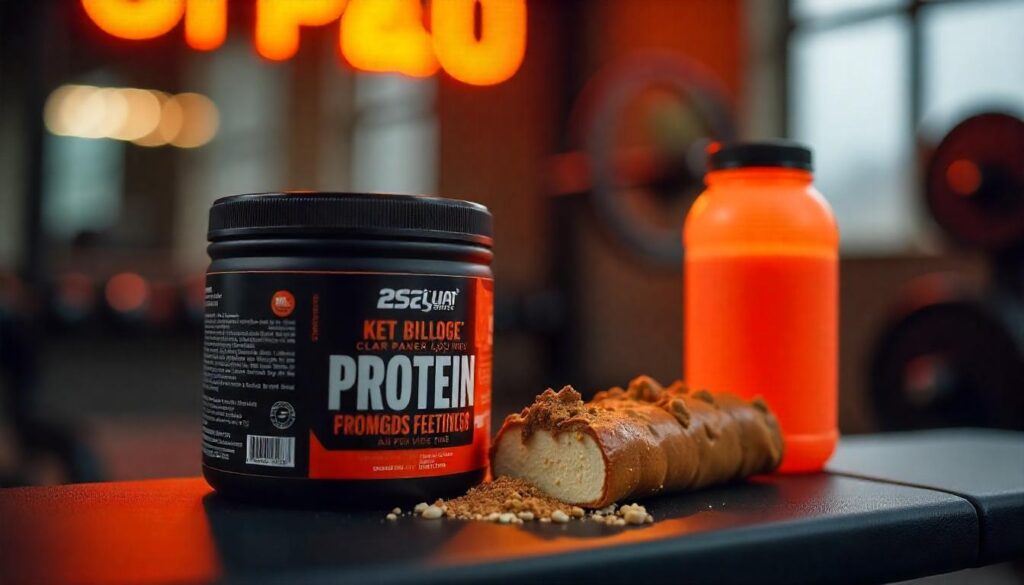
Myths About Protein Spiking in 2025
There’s a lot of confusion out there about Viral ‘Protein Spiking’ Foods: Are You Being Fooled in 2025? Here are some myths I keep seeing, especially on social media, and the truth behind them:
- Myth #1: All Cheap Protein Powders Are Spiked
Not true! Price doesn’t always mean quality, but a super cheap powder isn’t automatically bad. Some budget brands are legit—you just need to check the ingredients and look for third-party testing (more on that later). - Myth #2: Amino Acids Are Useless
Amino acids aren’t bad—they’re the building blocks of protein! The issue is when companies use them to fake higher protein content instead of including whole proteins like whey or pea protein. A little leucine or arginine is fine, but it shouldn’t be the main protein source. - Myth #3: Protein Spiking Is Illegal
Nope, it’s not always illegal. Some countries have stricter rules, but in many places, companies can get away with it as long as they list the ingredients. That’s why reading labels is so important. - Myth #4: All Protein Products Are Spiked
Don’t panic! Not every protein product is shady. Plenty of brands are honest and deliver what they promise. The key is knowing how to spot the good ones.
Why Should You Care About Protein Spiking?
You might be thinking, “Okay, so some companies cheat a little. Why’s it a big deal?” Well, Viral ‘Protein Spiking’ Foods: Are You Being Fooled in 2025? matters because it can mess with your goals and your wallet. Here’s why:
- Wasted Money: You’re paying for protein, not fillers. If you’re dropping $50 on a tub of powder that’s half junk, you’re getting ripped off.
- Slower Results: If you’re trying to build muscle or stay full, you need real protein. Fillers won’t help you hit your macros or recover from workouts.
- Health Risks: Some fillers, like low-quality amino acids, might not harm you, but others could cause issues. For example, a 2024 study found that some protein supplements in India had toxins, and 14% were mislabeled. Yikes
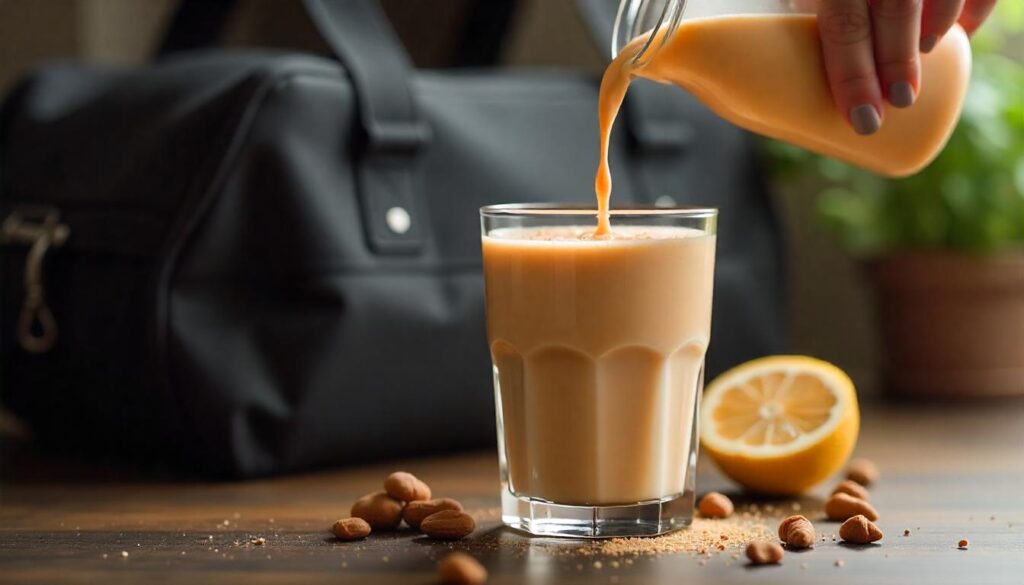
How to Spot Protein Spiking in 2025
Alright, let’s get practical. How do you avoid falling for Viral ‘Protein Spiking’ Foods: Are You Being Fooled in 2025? Here are some easy tips to make sure you’re getting the real deal:
1. Read the Ingredient List Like a Pro
The first thing you should do is flip that protein powder tub or bar wrapper around and check the ingredients. Look for:
- Whole Protein Sources: Words like “whey protein isolate,” “casein,” “pea protein,” or “soy protein” are good signs. These are complete proteins that your body can use.
- Red Flags: Watch out for “amino acid blend,” “glycine,” “taurine,” or “creatine” high up on the list. These are often used as spiking agents. A 2023 article from Nuts N More warned that these fillers can trick lab tests.
- Collagen or Gelatin: These aren’t complete proteins and are sometimes used to boost protein counts without real benefits.
2. Look for Third-Party Testing
Brands that are serious about quality often get their products tested by independent labs like NSF Certified for Sport or Informed-Choice. These logos mean the product has been checked for purity and accurate labeling. It’s not foolproof, but it’s a good sign.
3. Check the Protein-to-Serving Ratio
Here’s a quick trick: look at the serving size and protein content on the nutrition label. If a 30-gram scoop claims 25 grams of protein, that’s suspicious. Protein powders usually have other stuff like carbs or fat, so the protein shouldn’t be that close to the total weight. Fillers might be sneaking in.
4. Trust Your Gut (and Taste)
If your protein powder tastes weirdly sweet, gritty, or just off, it could be a sign of fillers. Real protein powders might not taste like candy, but they shouldn’t taste like chemicals either. If something feels wrong, do some digging.
5. Research the Brand
A quick Google or social media search can tell you a lot. Look for reviews, check if the brand has been called out for spiking, or see if they’re transparent about their ingredients. Sites like Protein Factory have lists of brands to avoid, though they’re from 2015, so double-check for 2025 updates.
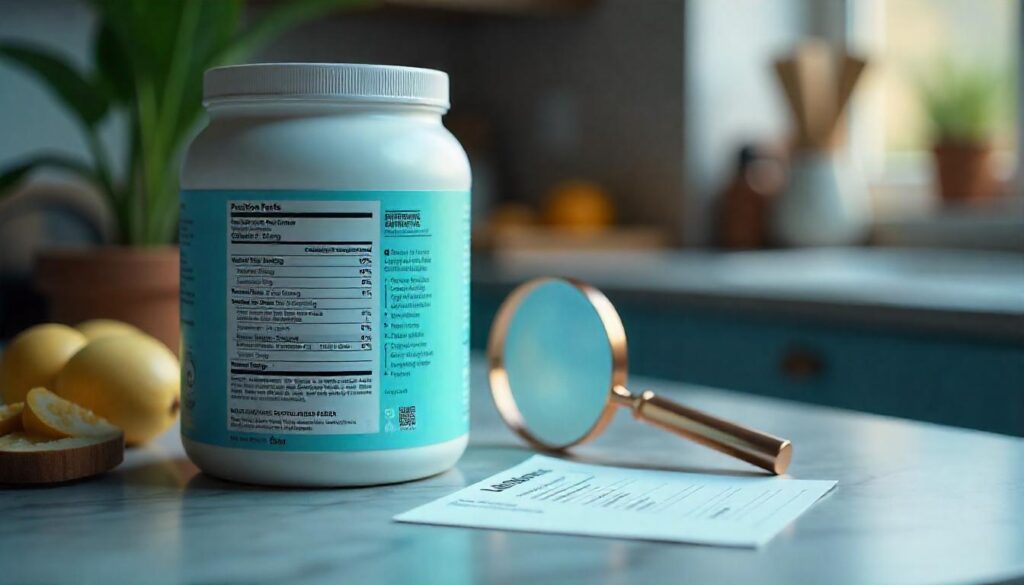
Busting the Hype: What’s Real in 2025?
The protein spiking food list and myths 2025 conversation is full of hype, especially on platforms like TikTok and Reddit. Some folks claim every protein powder is a scam, while others swear by their favorite brands. The truth? It’s somewhere in the middle. Here’s how to cut through the noise:
- Social Media Isn’t Always Right: Viral posts about Viral ‘Protein Spiking’ Foods: Are You Being Fooled in 2025? can be dramatic. A Reddit thread from 2024 claimed 70% of protein supplements in India were mislabeled, but that doesn’t mean every product everywhere is bad. Check the facts before you panic.
- Focus on Quality, Not Quantity: A 2025 article from Healthline pointed out that more protein isn’t always better. You only need about 0.8 grams per kilogram of body weight (or 0.36 grams per pound) for most people, unless you’re super active. Don’t fall for “more protein = better” hype.
- Sustainable Proteins Are Trending: In 2025, alternative proteins like seaweed, duckweed, or even insect-based proteins are gaining traction for their health and eco benefits. But even these can be spiked, so stay sharp.
How to Choose Safe, High-Quality Protein Products
Now that you know about Viral ‘Protein Spiking’ Foods: Are You Being Fooled in 2025?, let’s talk about picking the good stuff. Here’s how to make sure your protein is legit:
- Stick to Reputable Brands: Brands with a solid track record and transparent practices are less likely to spike their products. Look for companies that publish their testing results or have been around for years.
- Go for Simple Formulas: Powders or bars with short ingredient lists are less likely to hide fillers. If the label reads like a chemistry book, move on.
- Consider Whole Foods: If you’re worried about spiking, you can always get your protein from foods like chicken, fish, eggs, beans, or tofu. A 2025 article from Medical News Today listed 38 high-protein foods that are naturally awesome.
- Ask for Recommendations: Chat with friends, trainers, or online communities (like Reddit, but verify their advice!) to find trusted brands.
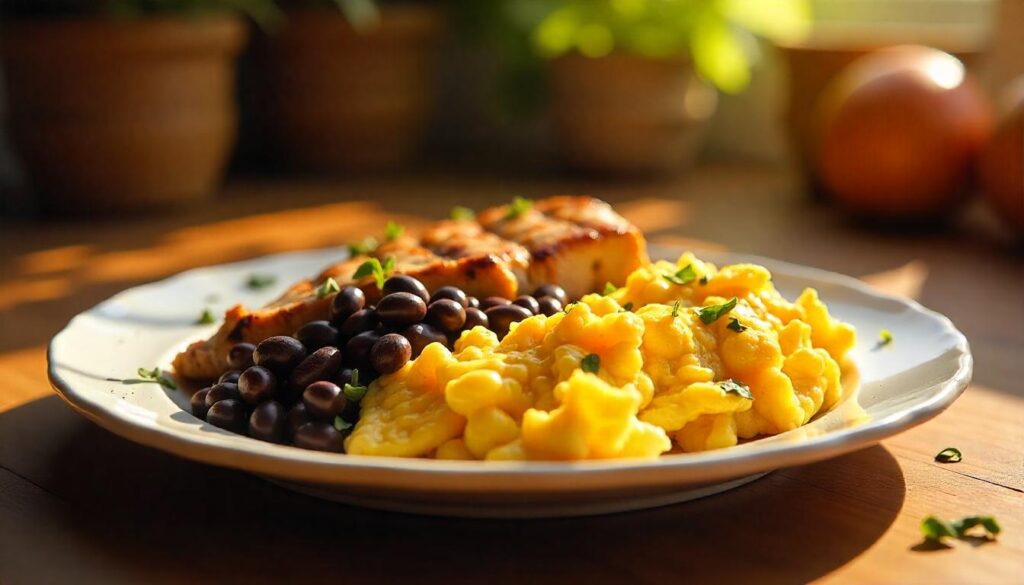
What’s Next for Protein Spiking in 2025?
As we move through 2025, the protein spiking food list and myths 2025 topic isn’t going away. With more people jumping on the high-protein bandwagon (thanks, social media!), companies might keep trying to cut corners. But the good news? Consumers are getting smarter. More folks are reading labels, demanding transparency, and pushing for better regulations.
In fact, the 2025 food trends show people are all about health, sustainability, and knowing where their food comes from. That means brands will have to step up or get called out. You’ve got the power to make smart choices and avoid falling for Viral ‘Protein Spiking’ Foods: Are You Being Fooled in 2025?
Final Thoughts: Don’t Get Fooled!
So, there you have it—a deep dive into Viral ‘Protein Spiking’ Foods: Are You Being Fooled in 2025? Protein spiking is a sneaky trick, but you don’t have to fall for it. By checking labels, picking trusted brands, and maybe even leaning on whole foods, you can make sure you’re getting the protein you need without the junk. The protein spiking food list and myths 2025 might sound scary, but with a little know-how, you’re in control.
Next time you grab a protein shake or bar, take a second to double-check what’s inside. You’ve got this! And if you’re curious about more health and fitness tips, stick around—I’ll keep breaking things down in a way that’s easy to get and actually useful.
Got questions about Viral ‘Protein Spiking’ Foods: Are You Being Fooled in 2025? or want to share a shady product you’ve come across? Drop a comment below, and let’s keep the conversation going!
